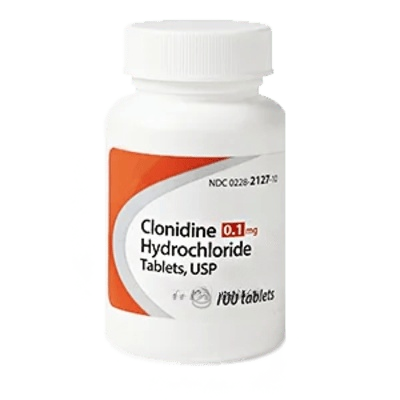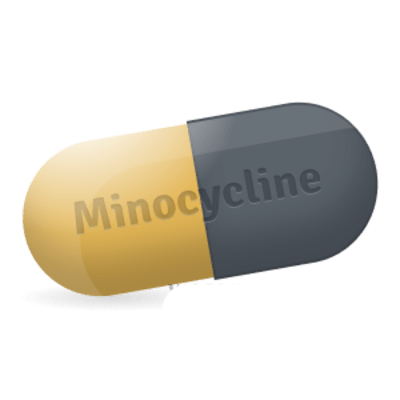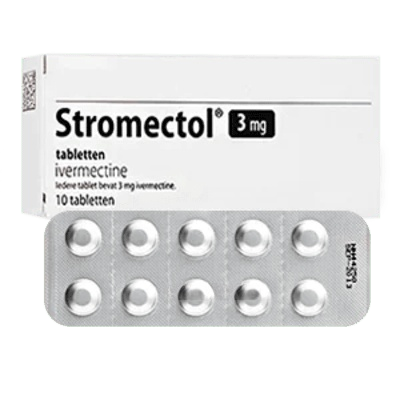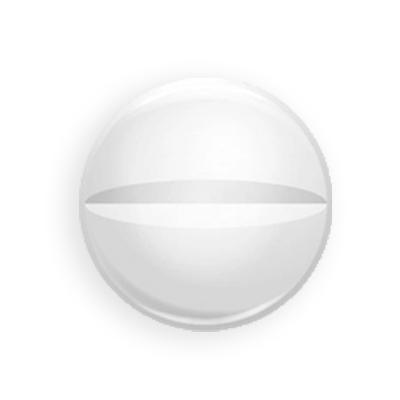After starting to use clonidine, I noticed a significant difference in my blood pressure. The drug does help to keep it under control, but you need to watch the time of taking it to prevent the pressure from dropping below normal.

Clonidine
- Quality products
- Support 24/7
- Fast delivery
What is it?
Clonidine is a drug that has found its way into medicine due to its significant effects on the body. It can be used both in the form of tablets for oral administration and in the form of patches applied to the skin for the treatment of hypertension. The main mechanism of action of clonidine is the interaction with certain chemical compounds in the blood and the stimulation of α2-adrenergic receptors in the brainstem. This interaction leads to a decrease in signal transmission from the brain to various systems of the body. As a result of such changes, peripheral vascular resistance, vascular resistance in the kidneys, heart rate and, ultimately, blood pressure decrease.
Composition
When talking about the composition of clonidine, it is impossible to ignore the components that make it so effective. The main active ingredient is clonidine itself. This component plays a key role in the suppression of the central nervous system and leads to a decrease in blood pressure. In addition to the main substance, the composition of the drug also includes auxiliary elements. They ensure the stability and convenience of taking the drug.
- Clonidine (the main active ingredient).
- Fillers and stabilizers that improve the stability and shelf life of the drug.
- Components that ensure ease of use, for example, in the case of patches, this is the base that allows the drug to be slowly and evenly absorbed into the skin.
These elements work together, providing not only a decrease in pressure, but also comfortable use of the drug.
How to use?
Using clonidine correctly requires some knowledge to fully utilize its potential. Typically, it is taken twice a day, but the dosage may vary depending on the individual patients response to the drug and blood pressure levels, which is a very important aspect. Before starting treatment, it is always worth consulting with your doctor to confirm the optimal dosage.
- Clonidine should be taken twice a day, in the morning and in the evening, to maintain the blood pressure lowering effect evenly.
- If using patches, they are applied to smooth skin on the upper arm or torso once every seven days. It is important to remember that when changing a patch, you must choose a new area for application.
- Avoid skipping doses, and if you forget to take a dose, do not double it, it is better to return to the usual schedule.
These simple steps will ensure not only the effectiveness of the treatment, but also minimize the risk of side effects.
How does it work?
The mechanism of action of clonidine is quite interesting, it is based on the inhibition of transmission of nerve impulses. This occurs due to the stimulation of specific receptors in the brain, which leads to a decrease in the activity of the sympathetic nervous system. As a result, the tonic tension of the vessels, heart rate and blood pressure decrease.
In addition to the obvious effect on the vascular system, clonidine also affects other processes in the body. For example, it can slightly calm and reduce anxiety due to its effect on the central nervous system. Thus, simultaneously helping to improve mood and reduce physical tension in the body.
This dual action makes clonidine useful in various clinical scenarios and explains its popularity among medical professionals. However, it is important to remember that it should only be used as prescribed by a specialist.
Indications
Clonidine is prescribed primarily to lower blood pressure, but its use may be recommended in other cases as well. This drug can significantly improve the quality of life of patients with hypertension and has a beneficial effect in some other conditions.
- Treatment of arterial hypertension, especially in cases where other methods are insufficiently effective.
- Control of heart rate, especially with increased activity of the sympathetic nervous system.
- Reduction of anxiety and improvement of sleep due to the sedative effect.
All these indications provide the physician with a wide range of applications for clonidine in the treatment of various conditions.
Contraindications
Despite its broad effectiveness, clonidine has a number of contraindications that should be taken into account. Before starting treatment, it is important for the patient to discuss all aspects of treatment with a doctor. Direct contraindications to the use of this drug may limit its use.
- Hypersensitivity to clonidine or any of its components may cause allergic reactions.
- Sick sinus syndrome or severe bradycardia, since clonidine can further slow the heart rate.
- The presence of atrioventricular block II and III degrees, due to the risk of further deterioration of conduction.
- Use with caution in myocardial infarction, Raynauds syndrome, renal failure and endogenous depression.
These aspects must be carefully discussed with the attending physician to avoid complications and optimize treatment results.
Side effects
Side effects are inevitable companions of any drug, and clonidine is no exception. Usually they are mild, but sometimes they require more careful observation and medical attention.
- Allergic reactions such as rash, difficulty breathing, swelling of the larynx, which require immediate medical attention.
- Rapid or slow heartbeat, which may be a sign of more serious heart abnormalities.
- Swelling and rapid weight gain, indicating possible problems with blood circulation or kidneys.
- Confusion, hallucinations or feverish states, indicating possible unpredictable reactions to the drug.
These symptoms should be discussed with a doctor to adjust the therapeutic program or change the treatment regimen.
Frequently asked questions
Clonidine Reviews and Experiences
I had anticipated that clonidine might cause some side effects and was prepared for that. There was some drowsiness, but that was the only negative. This is a great result compared to how I felt before.
I have been using clonidine for several months now and I am convinced that it is good in its indications. But it is not worth combining it with alcohol - the effect is weakened, and then my head started to hurt, I had to reconsider my habits.









